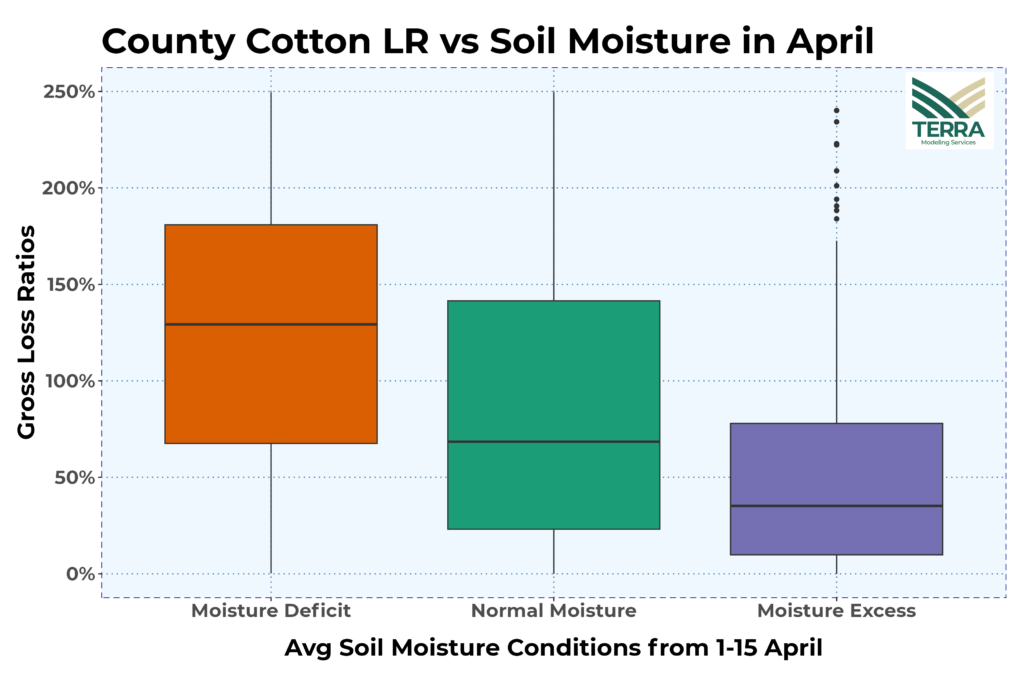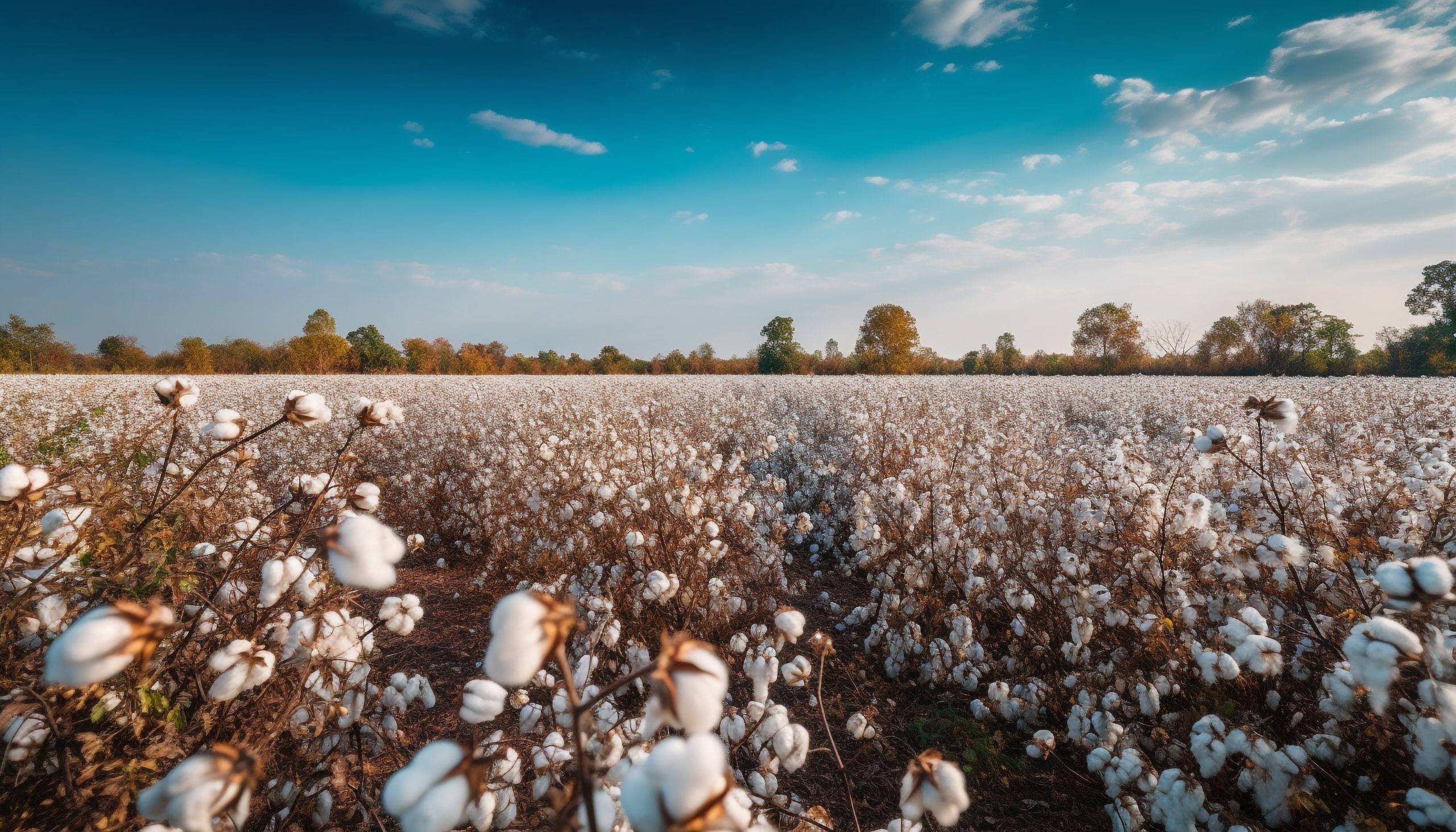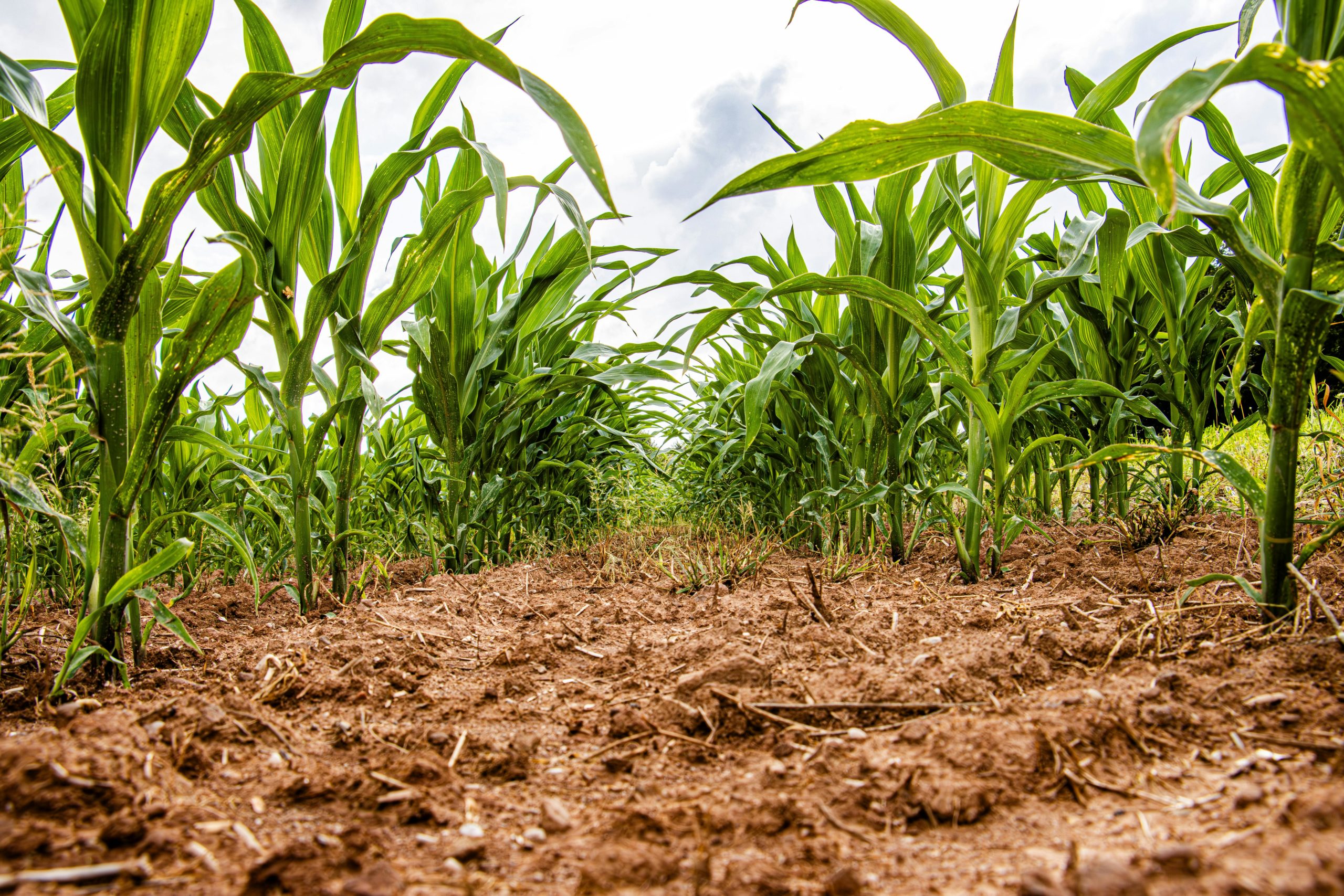How Cotton Drives Federal Crop Insurance Results in Texas
Texas is the largest state in the U.S. by total premium under the federal crop insurance program, with gross premiums exceeding $1.8 billion in 2024. Cotton accounts for the largest share of Texas’s crop insurance, generating nearly $1 billion in gross premiums—over half of the state’s total MPCI premium. Other major commodities include Pasture, Rangeland, and Forage; Annual Forage; and row crops such as corn and wheat (see Figure 1).

Approximately 6 million acres of cotton are insured in Texas, with about 60% being non-irrigated and mostly located in the Texas Panhandle Plains region (see Figure 2).

Predicting Cotton Insurance Risk Using April Soil Moisture in Texas
In the southern part of the state, cotton planting usually begins in early March, while in the High Plains, planting doesn’t start until around May. Crop insurance fund designation deadlines vary by county — from the end of February in the south to mid-April in the High Plains.
Adequate soil moisture is critical for cotton seed germination and early growth. In this article, we examine historical spring soil moisture data from the TERRA ClimateExplorer to understand how it relates to county-level crop insurance losses for cotton. Specifically, we compare average soil moisture in the first half of April to end-of-season gross loss ratios for all federal cotton insurance policies from 2004 to 2024. Our analysis focuses on the 50 largest cotton-producing counties in Texas (see Figure 2) which make up approximately 90% of the total cotton gross premium in Texas.
Although cotton is typically planted only in May in most of the 50 counties considered, we find that early April soil moisture still plays a significant role in predicting insurance losses:

Figure 3. Relationship between early April soil moisture conditions and end of season cotton gross loss ratios at the county level. Sources: RMA, 2025, Soil Moisture from TERRA ClimateExplorer.
When April soil moisture levels are within a normal range, insurance losses are difficult to predict, with expected gross loss ratios typically ranging from from 25% to 160% (see green box in Figure 3).
When soil moisture levels are excessively high in early April (see purple box in Figure 3), expected gross loss ratios decrease significantly, and the likelihood of substantial insurance payouts (over 100% gross loss ratio) falls below 20%.
If soils are already dry by early April (see orange box in Figure 3), expected loss ratios rise sharply. Under these conditions, the probability of insurance payouts exceeding 100% climbs above 70%, and the average gross loss ratio reaches 180%.
2025 Outlook
Most of Texas has not received any precipitation since mid-January, resulting in extremely low soil moisture across the vast majority of all counties in the state. Figure 4 compares end-of-March soil moisture conditions between 2024 and 2025. While most counties exhibited average moisture levels in 2024, more than 90% of all counties are experiencing severe moisture deficits this year. Planting conditions will be particularly challenging for dryland cotton in the High Plains, where soils remain critically dry heading into the 2025 planting season.

A closer look at recent soil moisture trends in Lubbock, based on data from the #TERRAClimateExplorer, shows that conditions were near normal at the start of the year but have declined sharply since mid-January. Soil moisture levels are now at record lows, and significant rainfall will be needed to improve planting conditions for the 2025 crop season.

Conclusions
While it’s clear that a more detailed analysis could yield even more meaningful insights — for instance, we aggregated insurance results across all products and did not differentiate between irrigated and dryland cotton—this example clearly demonstrates the value of real-time climate and remote sensing data in crop underwriting.
For the Approved Insurance Providers (AIPs), the key question is which cotton policies can be retained within the Commercial Fund. Precipitation patterns over the next two weeks will be critical in guiding this decision, as the fund designation cut-off date for most cotton planting areas is set for mid-April.
For reinsurers, this type of supplementary information is essential for effective risk assessment, as it enables evaluation of risks based on prevailing and short- to medium-term agrometeorological conditions.
The #TERRAClimateExplorer
With the #TERRAClimateExplorer, accessing agro-meteorological insights has never been easier. The #TERRAClimateExplorer is a web-based solution that enables you to gather, monitor, and visualize historical and real-time weather and remote sensing data for any location worldwide.

Say goodbye to cumbersome processes and hello to streamlined efficiency. Experience the power of simplicity with the #TERRAClimateExplorer – where valuable weather data is just a few clicks away.
Contact us at info@terra-ms.com if you want to find out more, and subscribe to our newsletter to ensure you don’t miss any of our posts and articles.
#TERRAModelingServices




